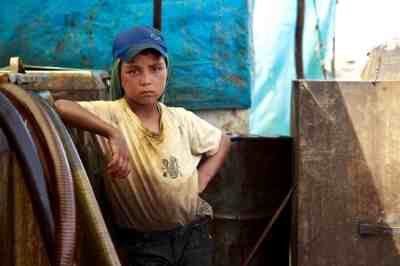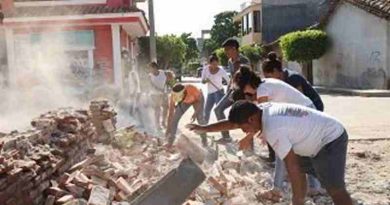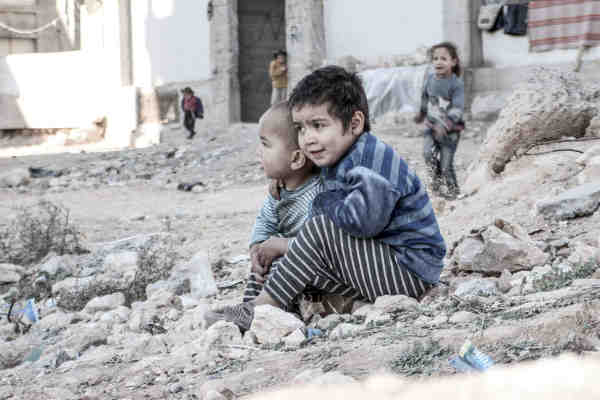Syrian Crisis Causing Child Labor: Report

The conflict and humanitarian crisis in Syria are pushing an increasing number of children into exploitation in the labor market, and much more needs to be done to reverse the trend, according to a new report released by Save the Children and UNICEF.
The report shows that inside Syria, children are now contributing to the family income in more than three quarters of surveyed households.
In Jordan, close to half of all Syrian refugee children are now the joint or sole family breadwinners in surveyed households, while in some parts of Lebanon, children as young as six years old are reportedly working.
[ RMN Kids: Edutainment Site for Children ]
The most vulnerable of all working children are those involved in armed conflict, commercial sexual exploitation and illicit activities, including organized begging and child trafficking.
“The Syria crisis has dramatically reduced family livelihood opportunities and impoverished millions of households in the region, resulting in child labor reaching critical levels,” said Dr. Roger Hearn, Regional Director for Save the Children in the Middle East and Eurasia.
“As families become increasingly desperate, children are working primarily for their survival. Whether in Syria or neighboring countries, they are becoming main economic players.”
The report finds that a spiralling number of children are employed in harmful working conditions, risking serious damage to their health and well-being.
[ Meet the Friends of the Future at RMN Foundation ]
“Child labor hinders children’s growth and development as they toil for long hours with little pay, often in extremely hazardous and unhealthy environments,” said Dr. Peter Salama, UNICEF Regional Director for the Middle East and North Africa.
“Carrying heavy loads, being exposed to pesticides and toxic chemicals, and working long hours – these are just some of the hazards working children face every day around the region.”
[ Coalition Airstrikes Killed 2000 People in Syria ]
Three out of four working children surveyed in Jordan’s vast Za’atari refugee camp have reported health problems at work, according to the report. A further 22 percent of children casually employed in the agricultural sector in Mafraq and the Jordan Valley have also been injured while working.
Moreover, children who work are more likely to drop out of school – adding to fears of a “lost generation” of Syrian children.
UNICEF and Save the Children call on partners and champions of the No Lost Generation Initiative, the wider international community, host governments, and civil society to undertake a series of measures to address child labour inside Syria and in countries affected by the humanitarian crisis.
Photo courtesy: Save the Children






